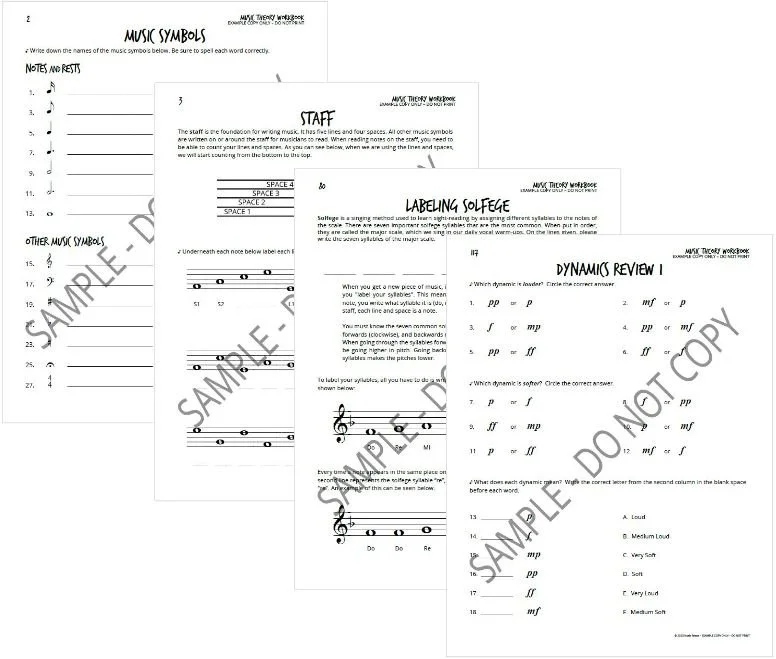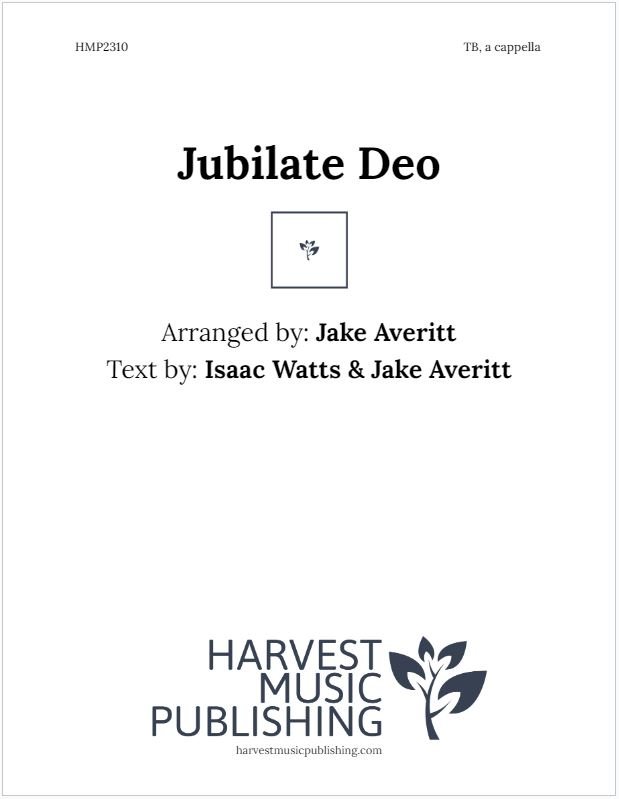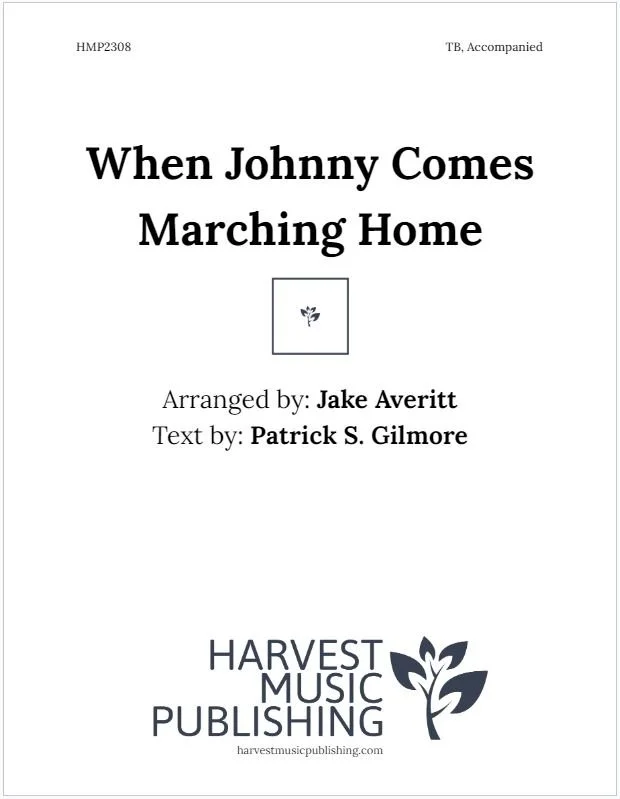
Welcome to the marketplace at Harvest Music Publishing!
Check out our publications below, and utilize our services as desired to maximize the potential of these resources for your singers:
Notes & Knowledge
Reproducible Music Theory Workbook
150+ music theory worksheets to use in your classroom
Music symbols, notes & rests, solfege, dynamics, notes names, and more!
Games, puzzles, tests, and projects
Reproducible posters for your classroom
Count, Chant, Audiate, Sing
Sightreading Series
Available in a wide variety of voicings and levels, the Count, Chant, Audiate, Sing sightreading series is designed as a convenient tool for teachers to provide daily sight-reading exercises throughout the school year. Through providing relevant and methodical exercises for choral singers in the classroom, this series serves as a wonderful teaching companion, introducing new skills progressively throughout each book.
Written Warm-Up and Sightreading for every day of the school year
Beginner Level: Unison with a Two-Part addendum
Intermediate Level - Non-Varsity SA, SSA, TB, & TTB
Advanced Level - Varsity SA, SSA, TB, & TTB
Key of F Major and G Major
Our Music
For each selection, you will find the title, voicing, and description for each of our pieces currently in circulation. Click on the picture that corresponds to each piece to find recordings, view samples, and place orders.
T(T)B, a cappella
This set of songs incorporates a variety of known texts that have previously been set to hymn tunes by other composers over a span of approximately 70 years. Each piece has unique musical characteristics of these new settings, making them an excellent opportunity to enforce good part-singing within a relatively basic harmonic structure. The limited ranges also make any of these pieces appropriate for tenor-bass ensembles of all developing ages.
Come, Thou Fount of Every Blessing
SA or Two-Part, accompanied
This arrangement uses text from the well-known hymn “Come, Thou Fount of Every Blessing”, set to the tune of “Down By The Salley Gardens”. The combination of unison and basic two-part singing should be approached with phrasing and musicality in-mind. Singers get to experience the concept of melody/harmony in the second half of the piece, further enforcing intelligent ensemble singing.
Unis. / Opt. Two-Part, accompanied
Through the way we show respect toward one another, we are all able to be “lights in this world”. Good for winter programming, this arrangement provides an opportunity for good unison singing in a 3/4 meter. This piece incorporates the hymn tune “To God Be The Glory” (Doane), found throughout the piano accompaniment and both verses.
From All That Dwell Below the Skies
SA or Two-Part, accompanied
Set to the tune of “Sussex Carol”, a popular Christmas Carol in Britain, this arrangement uses the text of the hymn “From All That Dwell Below The Skies”. This fun arrangement uses the original 6/8 meter of the hymn tune, with fun features such as the “bells” ringing in the second verse. The versatile combination of “Sussex Carol” and text allow this piece to be programmed year-round, especially for a winter concert.
TB, a cappella
Available in both TB or TTB, “Jubilate Deo” appeals to a wide variety of tenor-bass ensembles through the importance of strong a cappella singing. Using a traditional Latin text found in a large number of choral settings, this particular arrangement provides opportunities for strong part-singing, occasional dissonances, and musical phrasing.
SA, a cappella
Using text found in the hymn “All things Bright and Beautiful”, this piece introduces essential intervals used in basic acapella part-singing. Choirs should strive for four-measure phrases to encourage a musical motion in each line and promote musicianship within the predictable form.
Two-Part, accompanied
A traditional American folk song dating back to the mid-nineteenth century, “Yellow Rose of Texas” has been covered by several popular artists in the genres of country, rock, and pop. This arrangement of the well-known melody has been adapted for two-part voices, offering instant variety to any choral director’s programming.
When Johnny Comes Marching Home
TB, accompanied
During the American Civil War, “When Johnny Comes Marching Home” was written by Patrick Gilmore. Written in 1863, the text conveys the longing for loved ones to return home from war. The upbeat 6/8 feel and ‘shouting’ parts in the last verse will hopefully make this catchy arrangement fun to learn! There are some occasional modified notes compared to the original melody to help limit the range of each voice part, making it more accessible for ensembles. If the optional piccolo part is not present for the performance, cued notes are provided in the piano accompaniment.
Unis. / Opt. Two-Part, accompanied
Set in a minor key, this setting of public domain poetry provides a reflective tone of days gone. Most of this composition supports good, unison singing, with an optional two-part divisi briefly presented in the final section. With a limited range of a sixth for all voice parts, “Memories” is ideal for developing ensembles of all ages desiring to enforce tone, blend, and unity.












